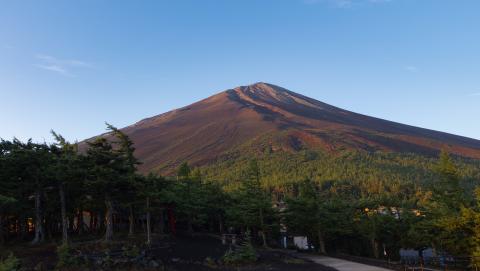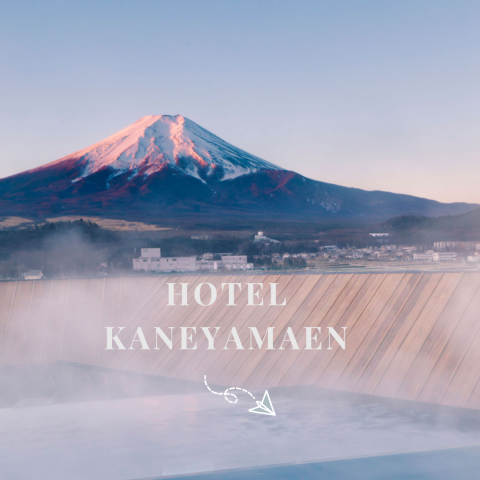Main content starts here.

▲ Itchiku Kubota Museum entrance
Kimono Dyeing Master, Itchiku Kubota
Just under 100 years ago, a young Itchiku Kubota visited the Tokyo National Museum and stood awestruck for three hours in the face of a single, sliver of cloth. This cloth was dyed using the ancient and mysterious “Tsujigahana,” a dyeing technique with no remaining information on it. Itchiku was a young textile apprentice at the time, who had become completely bewitched by the unique fabric that stood before him—and so he set out to revive the lost art with his own two hands.
After spending time as a WWII POW, he returned to Japan from Siberia with an overflowing desire to depict the beautiful nature he had seen in his captivity, through colors and designs on fabric. However, reviving the lost phantom dyeing technique was not at all simple, and he soon realized that many of the tools and materials he needed had yet to be recovered, along with the detailed records of the dyeing technique. Yet, this did not discourage him. Instead, it lit a fire inside of him, and finally, at the age of sixty, he succeeded in producing his very own“Itchiku Tsujigahana.” Itchiku Tsujigahana can be characterized as a modern revival of the traditional style, featuring his own twist. It focuses on expressing clear and beautiful designs, some with vibrant, eye-catching colors, and others with subtle shades and brush strokes, echoing the skills of both a textile craftsman and an experienced artist.
In fact, within the art world, Itchiku Kubota is known as the world’s first and only “textile impressionist.” A title that is well-deserved.
Itchiku Kubota Art Museum
As for many Japanese artists, Mt. Fuji was one of Kubota’s greatest inspirations. The nation’s grandest mountain, Mt. Fuji, was once worshipped as a god. The immense beauty of the mountain was, to Kubota, a sacred symbol that revealed a different face to him each time he saw it. And so, it is no mystery as to why he decided to build his workshop at the foot of the mountain in Kawaguchiko, Yamanashi. Years later, the very same workshop would be transformed into a museum dedicated to Kubota and his immense collection of fabric works.
Great views of Mt. Fuji are not all the museum has to offer. From the grand wooden door of an ancient Indian castle that greets you at the museum’s entrance, to the Catalan-style architecture of the main building—the entire atmosphere of Kubota’s museum transports you into an entirely different dimension. You can even stop to admire his prized glass bead collection that is on display near the front desk, which he spent his lifetime amassing as he traveled across the world.
However, the main attraction of the Itchiku Kubota Art Museum is, of course, Kubota’s personal works.
Although the works on display are often rotated out, or lent out to other museums, you will always have the chance to view many of the superb pieces of his life’s work, entitled, “The Symphony of Light.” This series, which had started as a small collection, grew from five pieces to 34 over the span of twenty years, leading all the way up to his death in 2003. The grand plan for this collection was to include 80 unique pieces that, when displayed side by side, would spread out to reveal a continuous, captivating landscape encompassing his two major themes: “The Four Seasons” and “The Universe.” Within each and every design, he would intricately place the Tsujigahana flowers.
In summer of 2020, just a little less than a hundred years after the young Itchiku Kubota first stood motionless in front of that sliver of Tsujigahana fabric at the Tokyo National Museum, 16 of Kubota’s very own Tsujigahana pieces made their way to the very same museum. Brilliantly and beautifully, they stood on display in the museum, perhaps waiting for another budding artist to see them and be inspired to leave their mark on history.
*Photography is not permitted inside of the museum.

More Info
Itchiku Kubota Museum website:
http://www.itchiku-museum.com
Published on
- April 14, 2022
Share
-

Fuji Subaru Line 5th Station & Mt. Fuji Travel Guide
March 3, 2025
Home of Mt. Fuji > Staff Journal > The World’s Only Textile Impressionist

